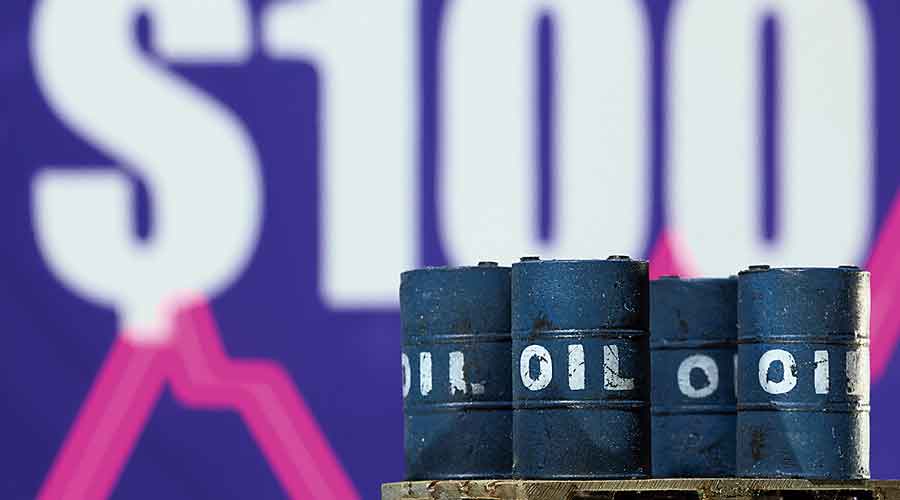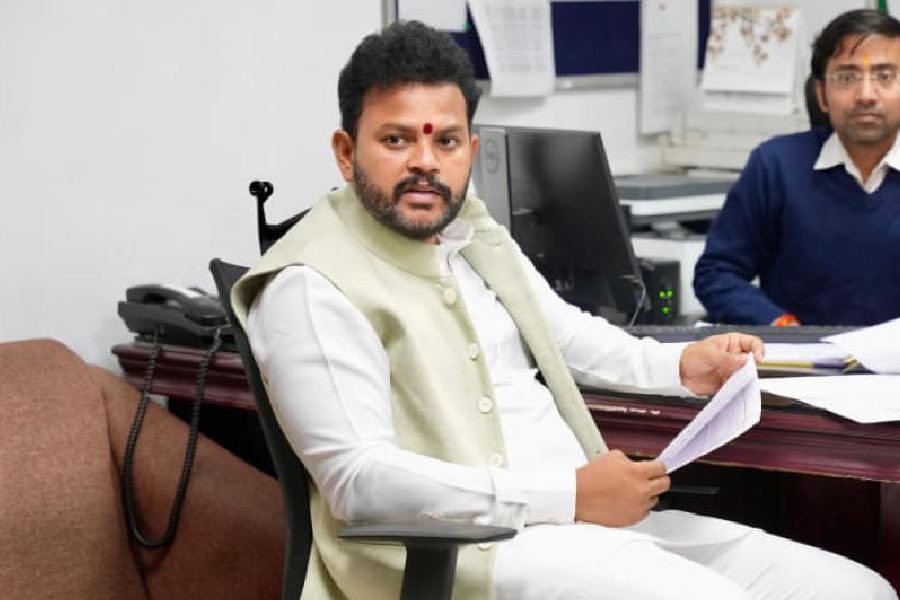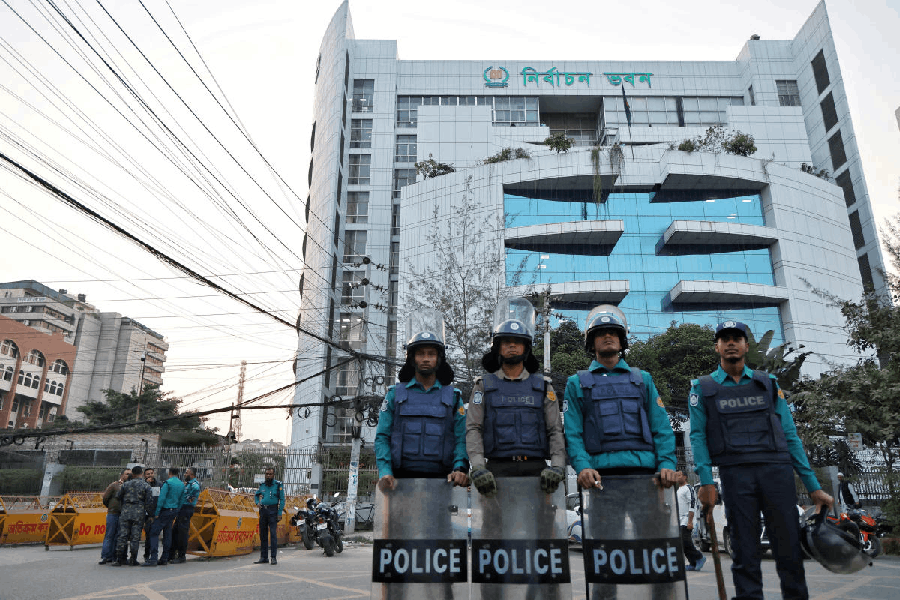Oil prices jumped on Thursday, with the benchmark Brent crude rising above $105 a barrel for the first time since 2014, after Russia’s attack on Ukraine exacerbated concerns about disruptions to global energy supply.
The Modi government went into a huddle to assess the economic implications as India imports over 85 per cent of its fuel needs.
The Prime Minister chaired a meeting of the Cabinet Committee on Security on Thursday, attended by finance minister Nirmala Sitharaman. Commerce minister Piyush Goyal and oil minister Hardeep Puri attended the meeting although they are not part of this cabinet panel.
With oil prices on the boil, the meeting reportedly discussed the options available to the government to check the prices at retail outlets.
Officials said the government was monitoring prices and any action would be taken only after a detailed assessment of the situation.
CEA watch on trend
India’s chief economic adviser V. Anantha Nageswaran on Thursday said there is a need to keep a close watch on the persistence of high oil prices.
“We have to wait and see how persistent the current high oil price is. The assumption for nominal GDP growth rate next year is 11.1 per cent. If we take inflation of 4 per cent, real GDP growth is closer to 7 per cent.”
“The high foreign exchange reserves that we have and the import cover, all these give a degree of comfort and cushion,” Nageswaran said at an event organised by the Bharat Chamber of Commerce.
The Centre had cut excise duties on petrol and diesel in November. The duty on petrol was cut by Rs 5 per litre and diesel by Rs 10.
The government is concerned about the spike in crude prices as it would add to the inflationary pressure on the economy.
The domestic fuel prices — which are directly linked to international oil prices — have not been revised for a record 113 days in a row. Sources said the PMO advised the finance ministry to reassess the current excise levels.
The oil marketing companies are at present absorbing losses on petrol and diesel.
The finance ministry will be doing an internal analysis on how much excise hit can be absorbed by the government.
Hetal Gandhi, director, CRISIL Research said “The prices could stay over $100 per barrel in the near- to medium- term unless Opec decides to increase output materially. The upshot is energy and trade-deficit negative for India.”
“A 10 per cent increase in crude oil would push up WPI by 0.9 per cent to 1 per cent and CPI by 0.4 per cent to 0.6 per cent. India’s CAD is likely to increase by $ 15bn or 0.4 per cent of GDP. This will have a negative impact on the rupee. Higher crude prices will mean higher revenue for the states under unchanged excise duty conditions. With crude prices going up the subsidy on LPG and kerosene will increase thus pushing up the subsidy too, though this may not be very significant,” a Bank of Baroda research report said.
The country’s retail inflation, which is measured by the Consumer Price Index, has already risen to a five-month high of 5.59 per cent in December. Wholesale price index-based inflation rose to 13.56 per cent during the same month.
With inputs from Calcutta Bureau










